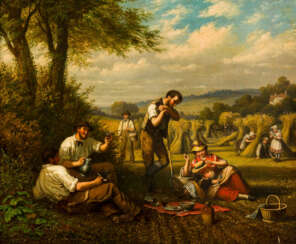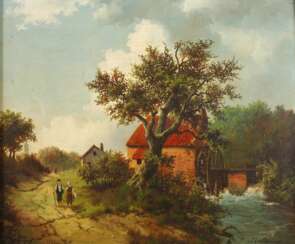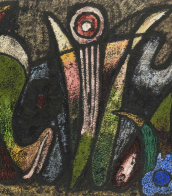boom

Adriaen Hendriksz. Verboom was a Dutch painter of the Golden Age. He is known as a landscape painter, draughtsman and printmaker, and also made tiles and engravings.


Margaretha Roosenboom was a 19th-century Dutch floral artist. She studied painting under her father, Nicolaas Johannes Roosenboom.
Margaretha Roosenboom mainly painted still lifes, both with flowers and fruit. In particular, roses were the central theme of her works.

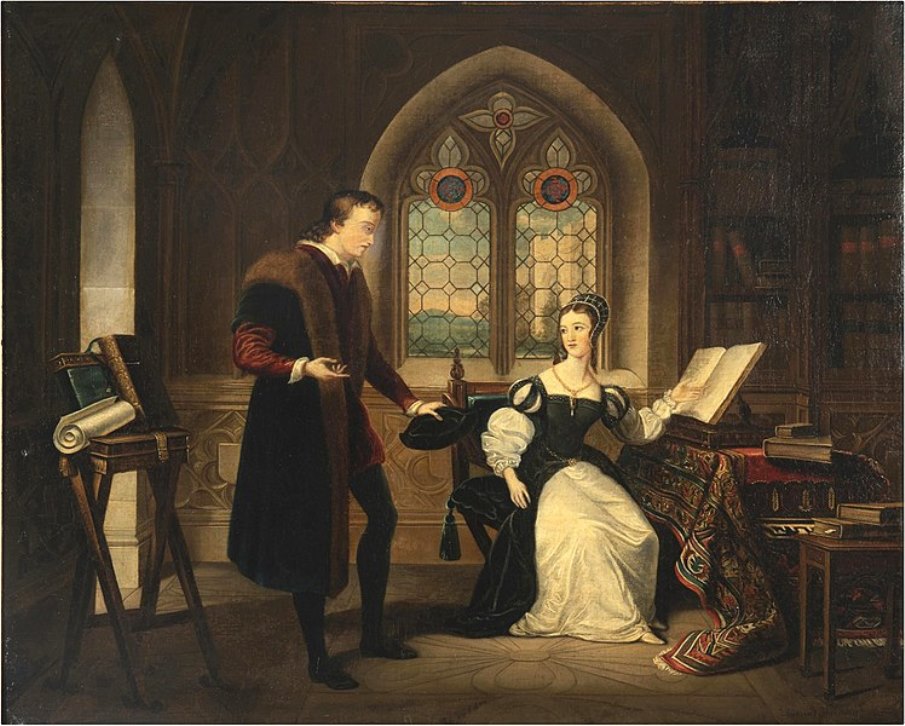
Andries Scheerboom is a Dutch Romantic painter.
His work includes many paintings depicting interiors with people inhabiting them and with intriguing titles, such as Eavesdropping. He also depicted coastal scenes with fishermen, peasants at leisure, and scenes from city life.


Andries Scheerboom is a Dutch Romantic painter.
His work includes many paintings depicting interiors with people inhabiting them and with intriguing titles, such as Eavesdropping. He also depicted coastal scenes with fishermen, peasants at leisure, and scenes from city life.


Nicolaas Johannes Roosenboom was a Dutch painter, etcher, lithographer, watercolorist, and illustrator who was specialised in landscape art. He painted various types of landscapes but was mainly known for his winter landscapes. Roosenboom's work is situated in the Dutch Romantic movement. He collaborated with various artists who painted the staffage in his landscapes.
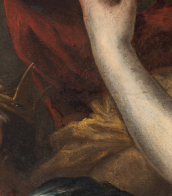

Adriaen Hendriksz. Verboom was a Dutch painter of the Golden Age. He is known as a landscape painter, draughtsman and printmaker, and also made tiles and engravings.


Margaretha Roosenboom was a 19th-century Dutch floral artist. She studied painting under her father, Nicolaas Johannes Roosenboom.
Margaretha Roosenboom mainly painted still lifes, both with flowers and fruit. In particular, roses were the central theme of her works.


Theofiel Agnes van de Kerckhove was a Belgian painter, graphic artist, set designer and scenographer.
He studied painting at the Antwerp Academy, where he also took classes with sculptors Dekkers, Claessens and Dupont, and joined the Rupelgouw artists' association in Boom in 1936. Van de Kerckhove worked as a stage designer at the opera in Lille, and lived for a time in Germany. Here he worked with Albert Servaes, whom he had met while at the academy. In the 1950s, Van de Kerckhove was a curator at the Rocoxhuis and one of the set designers for Belgian television.


Theofiel Agnes van de Kerckhove was a Belgian painter, graphic artist, set designer and scenographer.
He studied painting at the Antwerp Academy, where he also took classes with sculptors Dekkers, Claessens and Dupont, and joined the Rupelgouw artists' association in Boom in 1936. Van de Kerckhove worked as a stage designer at the opera in Lille, and lived for a time in Germany. Here he worked with Albert Servaes, whom he had met while at the academy. In the 1950s, Van de Kerckhove was a curator at the Rocoxhuis and one of the set designers for Belgian television.


Theofiel Agnes van de Kerckhove was a Belgian painter, graphic artist, set designer and scenographer.
He studied painting at the Antwerp Academy, where he also took classes with sculptors Dekkers, Claessens and Dupont, and joined the Rupelgouw artists' association in Boom in 1936. Van de Kerckhove worked as a stage designer at the opera in Lille, and lived for a time in Germany. Here he worked with Albert Servaes, whom he had met while at the academy. In the 1950s, Van de Kerckhove was a curator at the Rocoxhuis and one of the set designers for Belgian television.



Alexander Calder was an American artist celebrated for his revolutionary contributions to modern sculpture, including his invention of the mobile. Born into a family of artists on July 22, 1898, in Lawnton, Pennsylvania, and passing away on November 11, 1976, in New York, Calder harnessed his background in mechanical engineering to create kinetic sculptures that moved with air currents, alongside his monumental stationary sculptures known as "stabiles".
Calder's early life was marked by his creation of toys and various objects, showcasing his inherent talent and creativity from a young age. Despite initially pursuing a career in mechanical engineering, Calder's true calling in the arts was undeniable. He moved to New York City, where he enrolled at the Art Students League, laying the groundwork for his iconic artistic style. In 1926, Calder relocated to Paris, which became a pivotal moment in his career, leading to the creation of "Calder's Circus," a whimsical assembly of wire figures that gained him entry into the avant-garde art circles of Europe.
Throughout the 1930s and beyond, Calder's work evolved from figurative painting to abstract sculptures that brought motion into the realm of art, a transition influenced by his visit to Piet Mondrian's studio. His innovative mobiles and stabiles were celebrated for their ingenuity and aesthetic appeal, earning Calder international recognition and numerous accolades. Among his well-known public commissions are the .125 mobile for John F. Kennedy Airport and the monumental red-painted steel stabile, "Flamingo," for the Federal Center Plaza in Chicago.
Calder's legacy extends far beyond his sculptures; his work encompassed painting, printmaking, jewelry design, and even set and costume design for theatre productions. His influence on modern art is profound, inspiring future generations of artists to explore the kinetic possibilities of sculpture.
For art enthusiasts and collectors interested in Alexander Calder's groundbreaking work, staying informed about upcoming sales and auctions is essential. Sign up for updates to never miss an opportunity to own a piece by this influential American sculptor, highlighting his unique contributions to the art world.


Nicolaas Johannes Roosenboom was a Dutch painter, etcher, lithographer, watercolorist, and illustrator who was specialised in landscape art. He painted various types of landscapes but was mainly known for his winter landscapes. Roosenboom's work is situated in the Dutch Romantic movement. He collaborated with various artists who painted the staffage in his landscapes.





